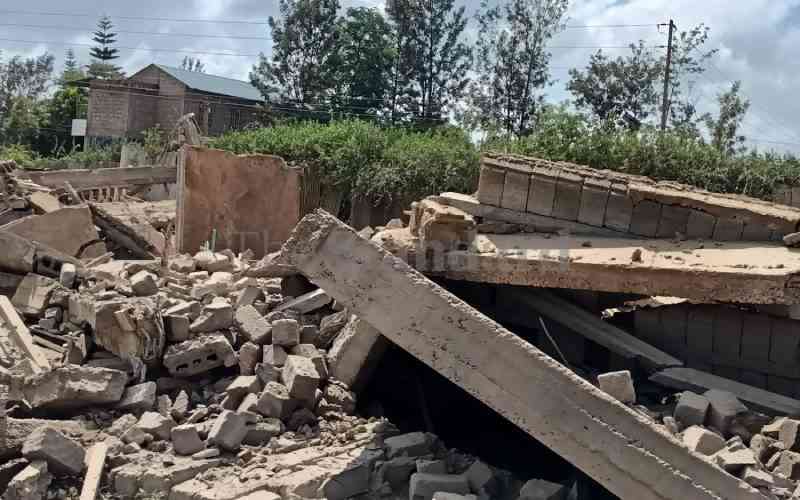Truth is seldom pleasant. Yet we should faithfully commit attention to its pursuit lest it evades us.
The recently gazetted National Construction Authority (Defects Liability) Regulations 2020 require our patriotic honesty. The regulations are retrogressive and insult the progress thus far of our built environment. Its hard to understand why those to whom enactment of regulations or laws is bestowed find it hard to consult widely. This is not conjecture. Folks have had to go to court to challenge laws and regulations based on nothing else other than lack of public participation. Who are laws made for if not the people? Common sense would demand that public participation be the primal stone of enacting any legislation. It is not a lot to ask for.
A month ago, to the surprise of industry stakeholders, the Cabinet Secretary for Transport, Infrastructure, Housing, Urban Development and Public Works gazetted the National Construction Authority (Defects Liability) Regulations 2020. However, the contents of the regulations illustrate fundamental errors that depict nothing other than a boardroom decision of a few. The regulation as drafted and enacted is the work of poor draftsmanship and ignores age-long definitions and terms that resonate with the construction industry. What lingers is why industry stakeholders could not be engaged in such a crucial legislation. The egg is on their face and they must contend with it.
First, the regulation is only applicable to what they call ‘commercial buildings’ defined as follows: “‘Commercial building’ means premises occupied wholly or partially for the purposes of trade or business or for the purposes of rendering services for money or money’s worth”. This definition is confusing and exclusive. It limits the meaning, thereby excluding a large number of buildings to which defects liability would apply. The regulation should apply on entire construction works. Definitions of patent and latent defects have over time been aptly captured in Joint Building Council Contract and resonated quite well with industry practice. Yet the new regulation, instead of improving the existing one, introduces an ambivalent definition that will, if anything, augment litigations rather than bring sanity.
The defects liability definition has baffled many. It states: “‘Defects liability period’ means a period after the construction of a commercial building has been completed, from practical completion to hand-over of the commercial building during which a contractor may return to the commercial building to remedy any patent defects.” This is impractical and negates the laws of construction.
A building is complete when terms of the contract are adhered to, and after certification by the architect, a practical completion certificate is issued and the building handed over to the owner. The defects period will then start and ends with an architect’s certificate of defects rectification. The practical completion decision has been the onus of the architect. Having the county play the role will inadvertently open an exploitation and corruption door. Shut it.
Then comes risks allocation, the regulation allocates risks to everyone and no one. Only one party undertakes the actual construction – the contractor. Why would it be incumbent for a building owner to take structural damage insurance? It is punitive to the owner or to the consultants.
Which insurance company would be willing to insure patent and latent defects for the proposed period of one and six years, respectively? Make no mistake, the intention of these regulations is noble for our industry. However, this a false start, with no remedy other than revocation of the regulations.
- The writer is chair of Association of Construction Managers of Kenya. [email protected]
 The Standard Group Plc is a
multi-media organization with investments in media platforms spanning newspaper
print operations, television, radio broadcasting, digital and online services. The
Standard Group is recognized as a leading multi-media house in Kenya with a key
influence in matters of national and international interest.
The Standard Group Plc is a
multi-media organization with investments in media platforms spanning newspaper
print operations, television, radio broadcasting, digital and online services. The
Standard Group is recognized as a leading multi-media house in Kenya with a key
influence in matters of national and international interest.
 The Standard Group Plc is a
multi-media organization with investments in media platforms spanning newspaper
print operations, television, radio broadcasting, digital and online services. The
Standard Group is recognized as a leading multi-media house in Kenya with a key
influence in matters of national and international interest.
The Standard Group Plc is a
multi-media organization with investments in media platforms spanning newspaper
print operations, television, radio broadcasting, digital and online services. The
Standard Group is recognized as a leading multi-media house in Kenya with a key
influence in matters of national and international interest.








